Why is PHYSICAL ACTIVITY so beneficial for ANXIETY?
Everyday life brings with it various problems, challenges, and difficulties. This in turn brings with it a feeling of pressure, stress, and anxiety in people. In particular, anxiety and anxiety disorders are increasingly common and common in recent years.
About 3.6% of the world’s population is thought to suffer from some form of anxiety disorder. In the United States, this number is even more alarming and it is estimated that 18% of the population has this condition. More and more science is studying anxiety and the effects it can have on our everyday lives.
However, there are several ways in which we can help ourselves to deal with anxiety, and perhaps one of the most effective is physical activity. In a recent research, the connection between anxiety and physical activity is confirmed, so in the following we will talk more about the results of the research.
What is anxiety and why does it occur?
Anxiety can most easily be described as a feeling of worry, restlessness, tension, and worry. It is a normal emotional state in people, and it is usually associated with situations that the brain perceives as a threat or danger. This phenomenon is normal when experiencing some stressful situations (losing a job, an accident, arguments, etc.) It can have a significant impact on our health, mood, and mental well-being.
Why exactly does anxiety occur and why does it ever turn into a disorder, science has not yet answered. It is believed that there is no single cause of anxiety, but several factors are at play (genetics, previous stressful situations, family history related to anxiety, etc.)
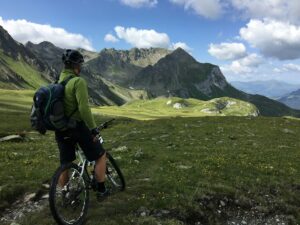
It is important to distinguish between anxiety and an anxiety disorder. As we said, anxiety is a normal human reaction to a given stressful situation. When this reaction turns into a disorder, the stress and fears are excessive and do not correspond to the situation, and the condition affects and prevents normal daily functioning. Physically, people may experience cramped and tight muscles, rapid breathing and heartbeat, sweating, shaking, etc.
Can physical activity help with anxiety?
One study included 395,000 people and followed them for 21 years to determine the relationship between physical activity and anxiety. A ski race that takes place every year in Sweden was taken as the type of physical activity that was analyzed.
The skiers were compared to a group from the general population that did not practice any particular physical activity. Since it is difficult to measure the level of physical activity in such a large number of respondents, the study was based solely on participation in this ski race, which is about 90 kilometers long.
Of course, it is also considered that the participants in this race are physically active throughout the rest of the year because they must be physically and conditionally prepared for such a long race.
The results showed that the skiers were about 60% less likely to develop some type of anxiety disorder over the 21-year period they were followed. Interestingly, in women, there was a connection between the intensity and speed of skiing and the risk of developing anxiety.
Women who were more physically fit and finished the race in a shorter time had almost twice the risk of developing anxiety, compared to women who finished the race in a longer time.
However, even among physically prepared women, the risk of anxiety was lower than in the control group – women who have no conscious physical activity. Scientists have concluded that both sexes have significant benefits from physical activity, but there are differences in the optimal levels of physical activity.
Physical activity is not the only tool that can help
Anxiety and its occurrence depends on several factors – genetic, character, environmental, psychological, etc. Physical activity has been proven to help alleviate the symptoms of anxiety and even prevent it. However, it is difficult and almost impossible to determine the exact, optimal levels of physical activity required for such benefits.
Some studies show that intense training and exercise are the most beneficial for anxiety. It is believed that such exercises, due to their effect on the body (rapid pulse, shortness of breath, sweating, etc.) simulate and remind of anxiety situations, so the person is exposed and faced with such “symptoms” better. More research is needed to confirm such results.
In any case, any type of exercise has a positive effect on anxiety symptoms in the following ways:
- Exercise is a type of distraction that diverts our attention
- Movement of the body leads to reduced tension and muscle spasm
- Accelerated pulse and increased blood flow lead to changes and the secretion of certain hormones, such as serotonin, which contribute to an improved mood.
- Regular exercise is thought to build up reserves of certain compounds that can later prove useful in dealing with difficult situations.
To maximize the benefits of exercise:
- Choose exercises or physical activity that you like and that are not difficult for you to do
- Aim for a moderate acceleration of the heart rate when doing physical activity
- Exercise with a friend or in a group
- If the weather conditions are pleasant, exercise in nature, outdoors, or in the nearest park. Nature further reduces stress and anxiety.
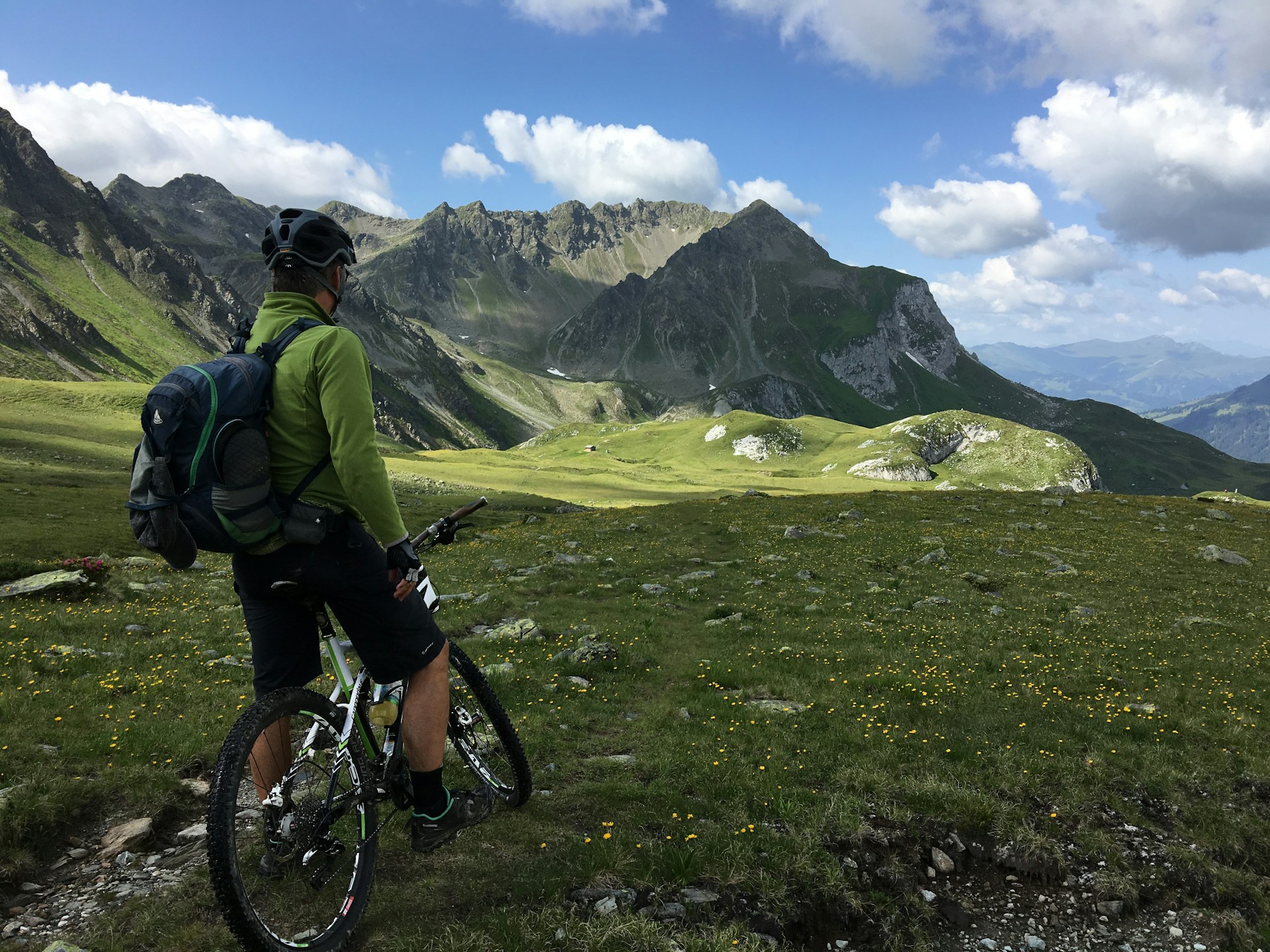
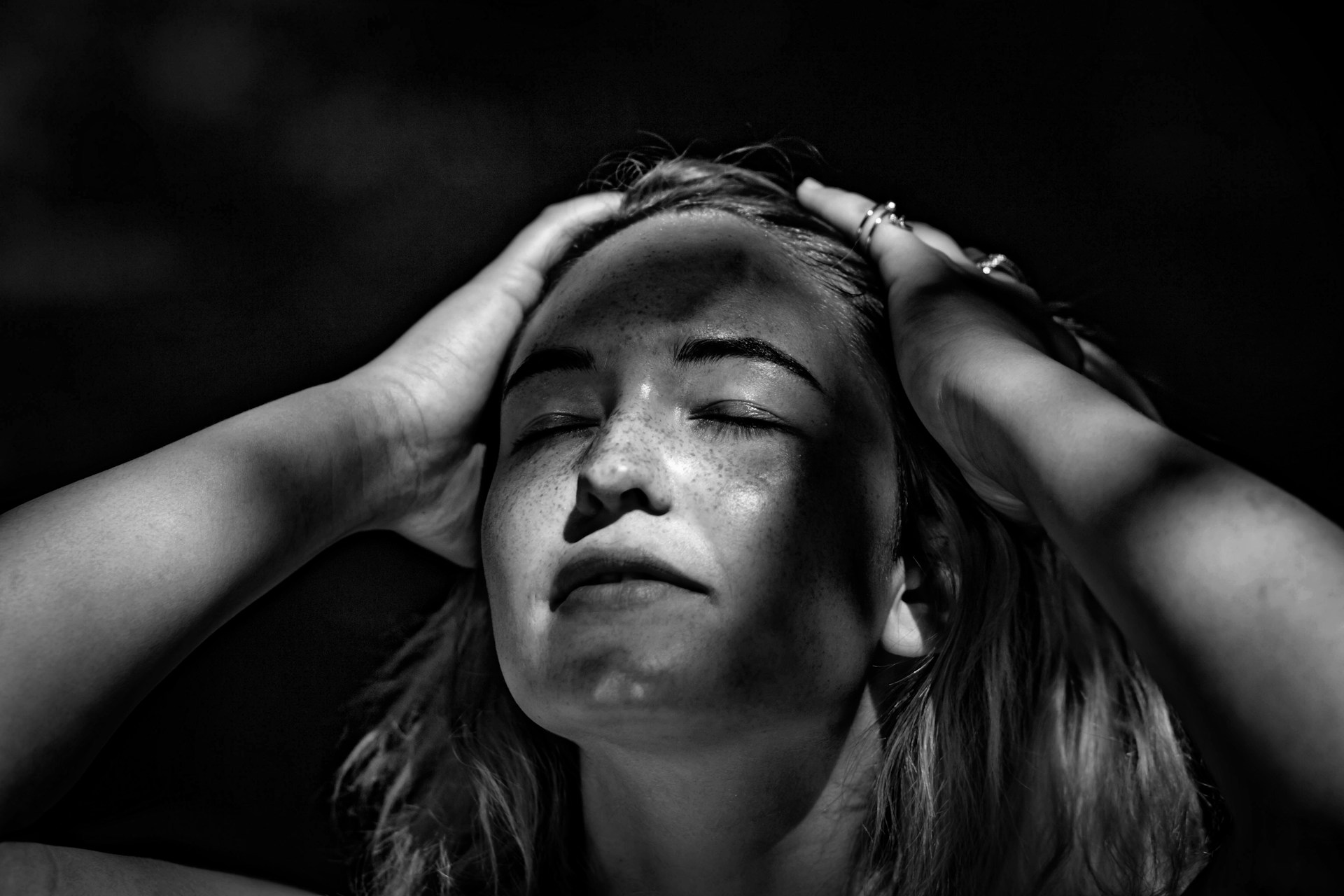
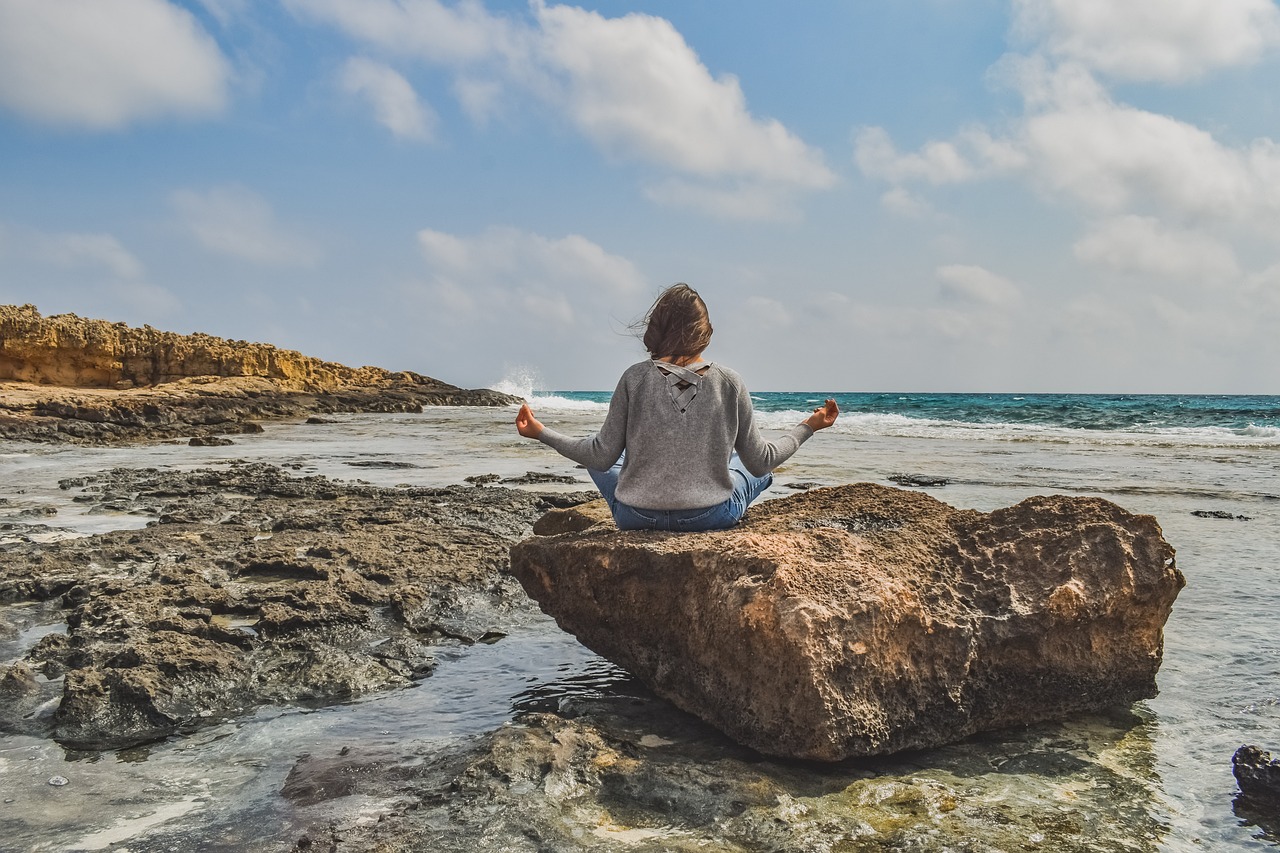
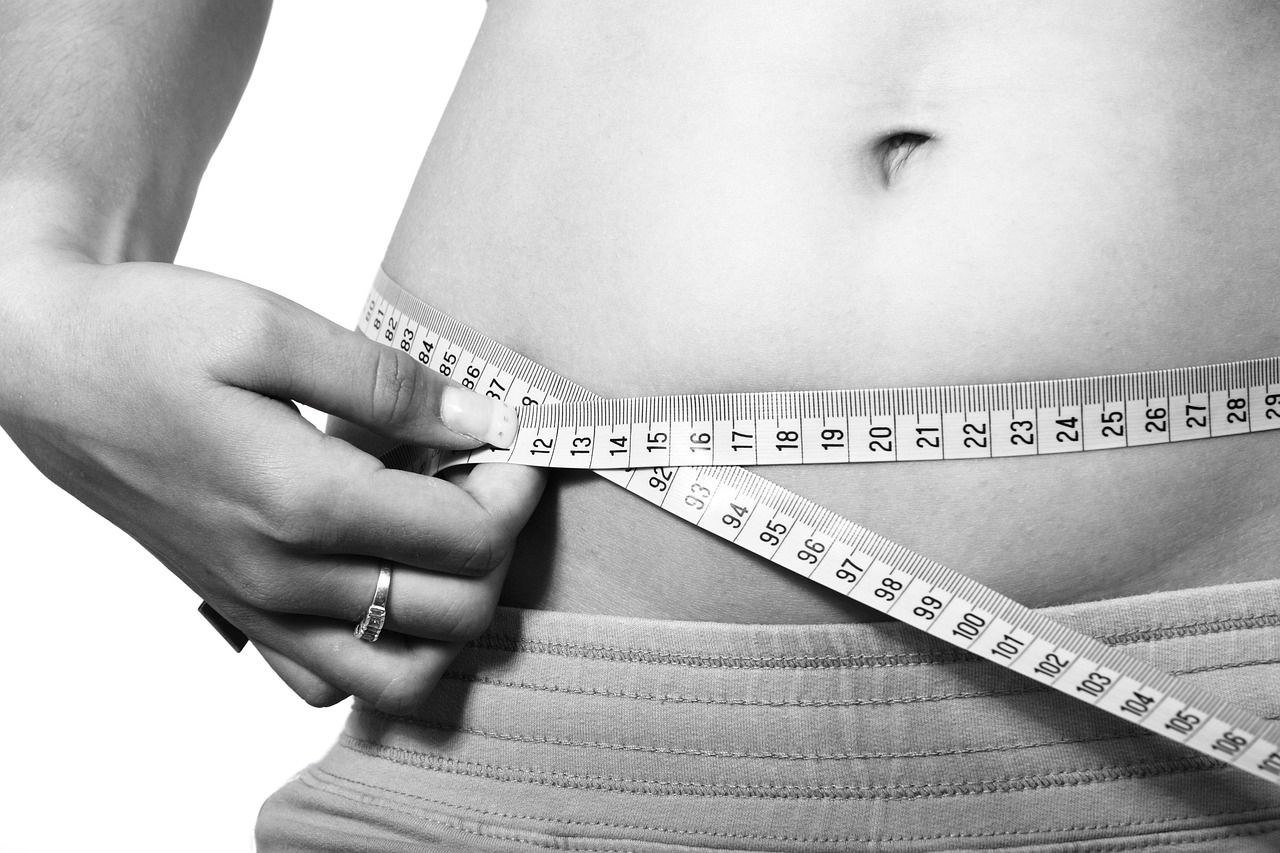










Post Comment